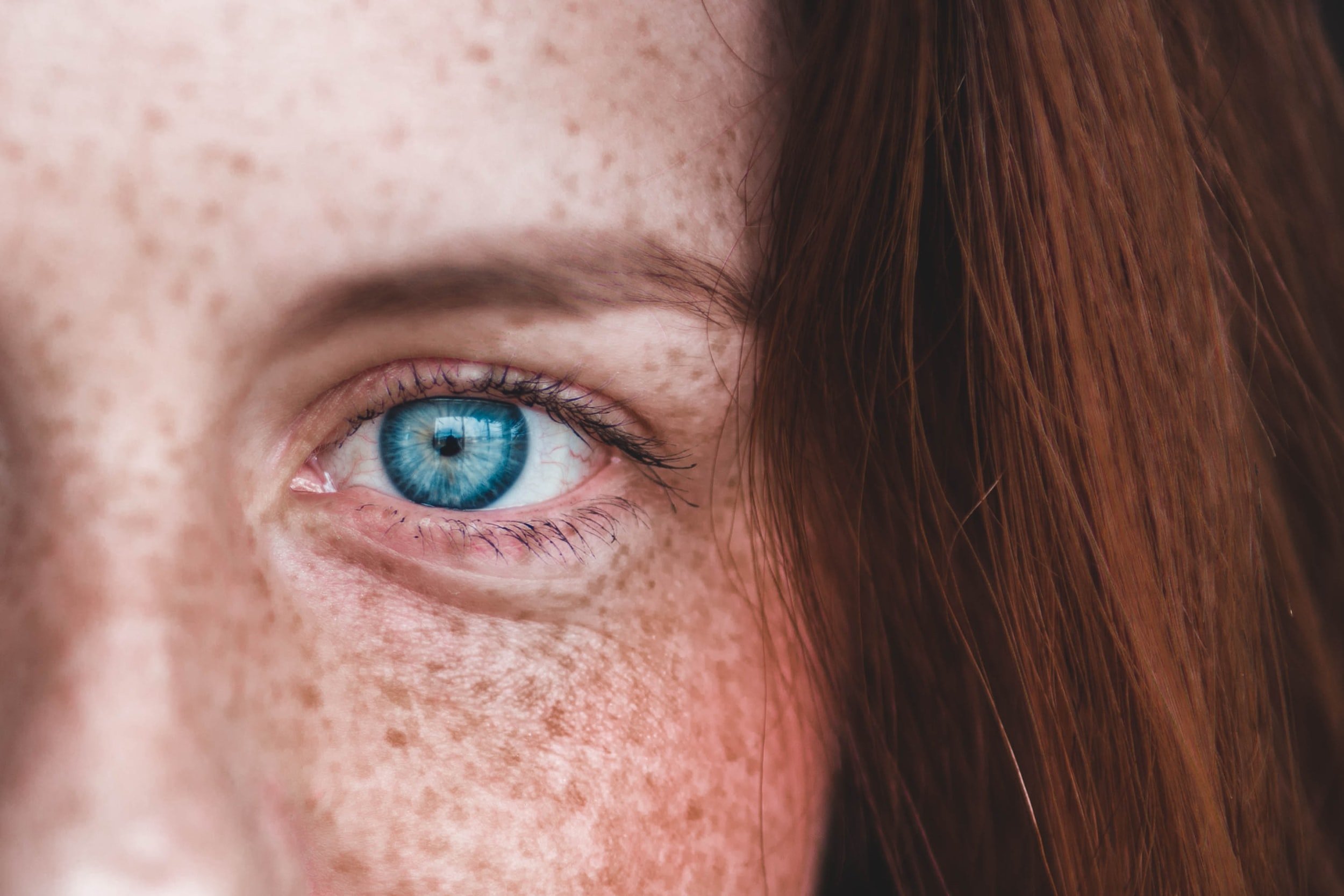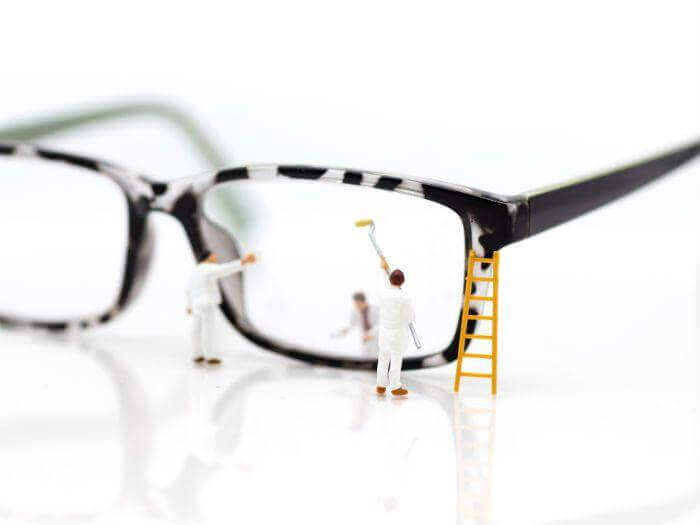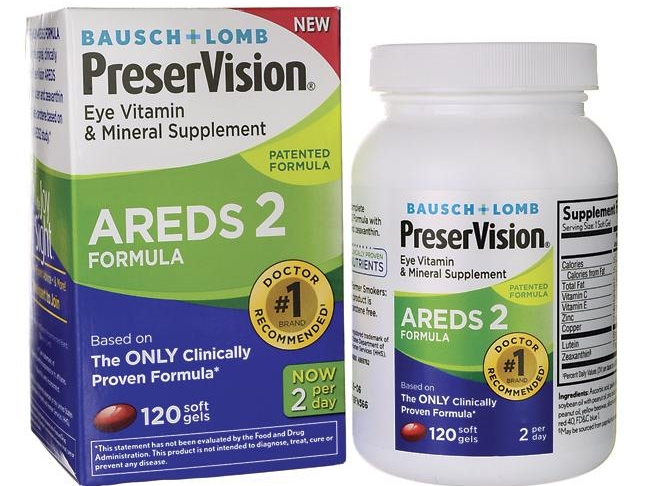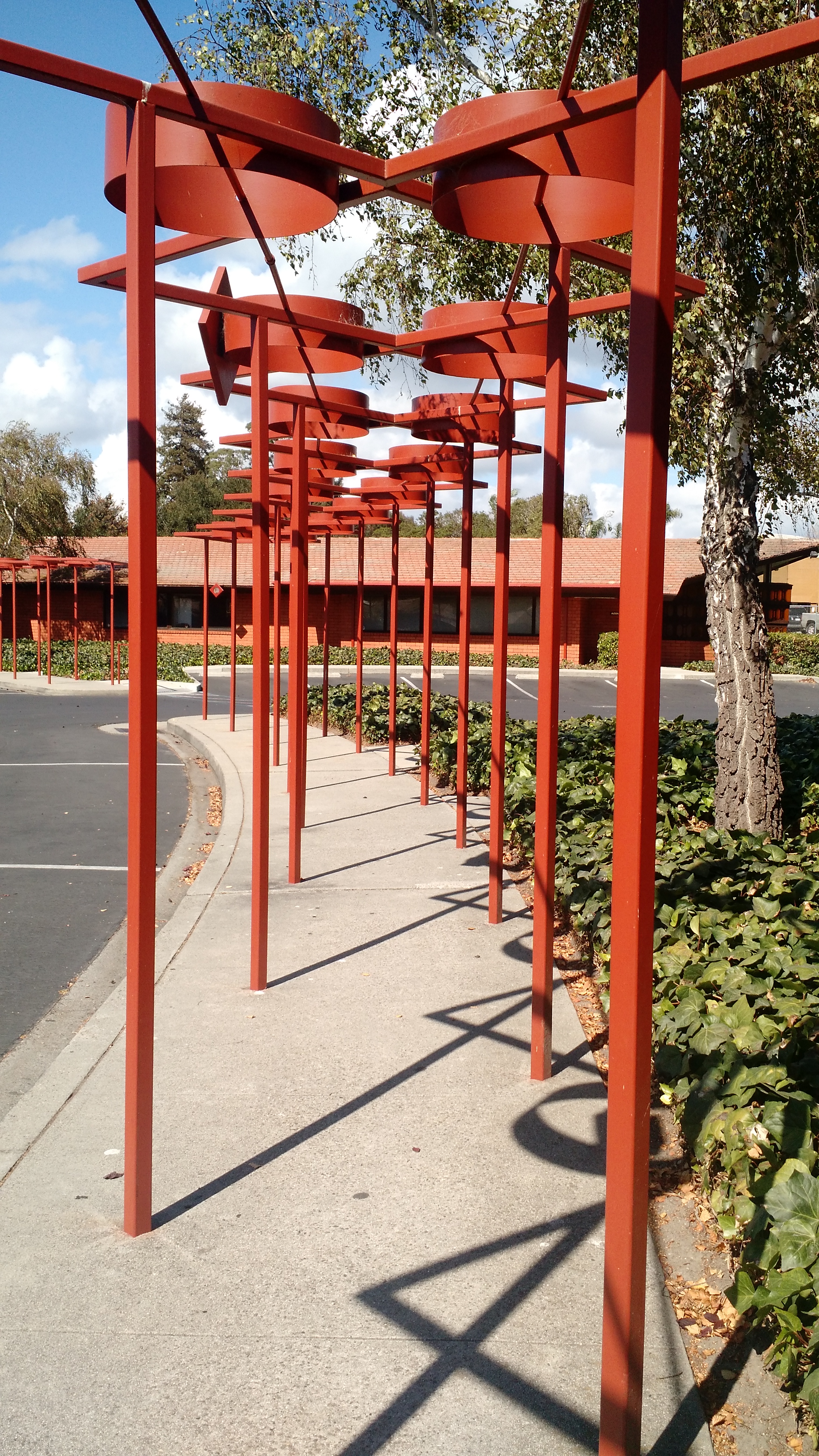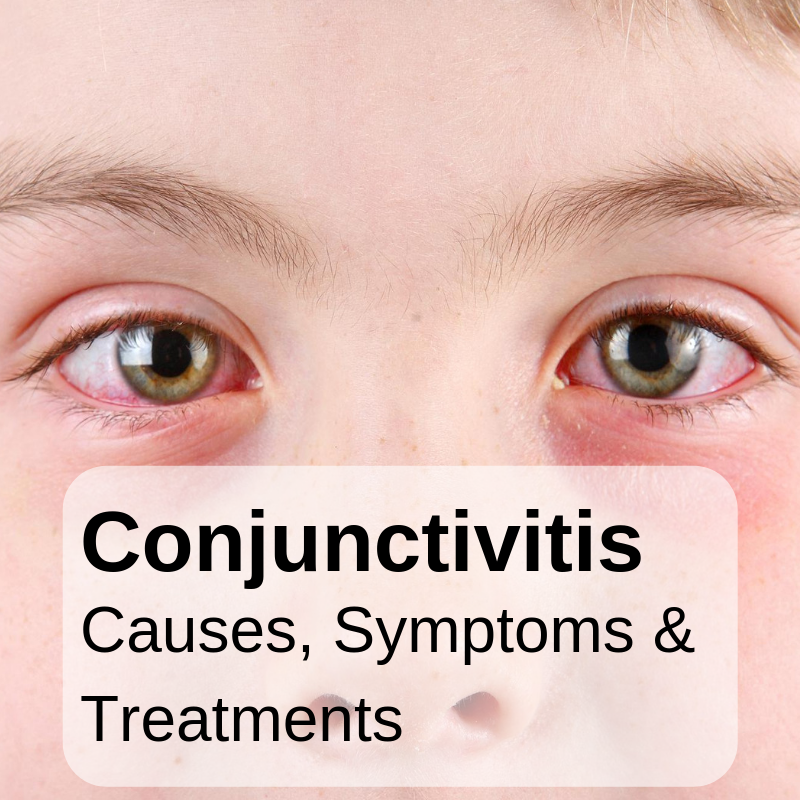Eye Exams for Children (6-15)
/The American Optometric Association recommends a yearly eye exams for children
On average 80% of children’s learning is done visually, so having great eyes is critical at this age.
While children often go through school vision screenings, these only evaluate the child's vision and can overlook other functions.
Potential eye health issues are also not evaluated.
Through adolescence, children's eyes are still growing and it is important to ensure proper development. Many school-age children develop myopia (nearsightednes) without knowing, and can grow up not knowing what their vision should be.
Hyperopia or farsightedness can be even harder to catch in typical school screeners as often children can compensate for this prescription to see the eye chart, but are forcing their eyes to work much harder than they should.
Astigmatism is the third part of the prescription that can also easily be corrected by glasses or contact lenses (see blog on these refractive conditions)
Optometrists screen for any binocular vision issues and will evaluate how the eyes are working together as a team at every exam.
When your eyes are closed, they may not continue to look straight ahead, but may rather rest more outward or inward. If this is the case, the muscles that control the eye's position are working harder, which can cause difficulties with reading and tracking. This eye posture imbalance can also create an eye turn.
Children are also wearing daily disposable contact lenses as early as age 8 or 10. This may be an option you would like to consider with your child.
Continue reading to learn about the visual demands of young adults in high school and college.




